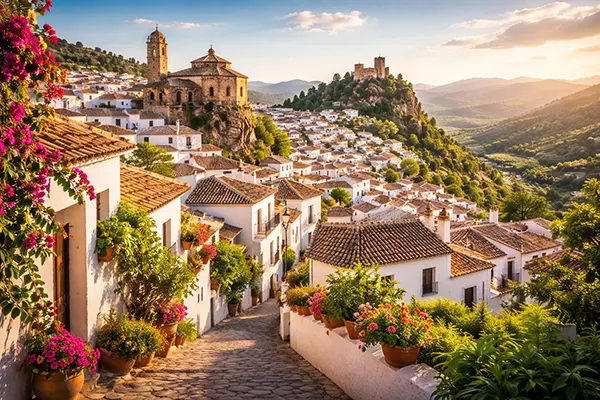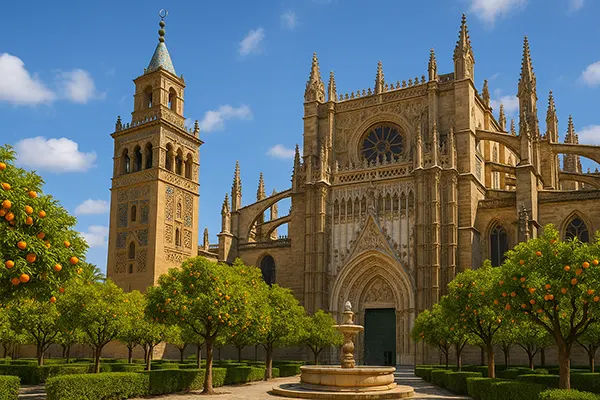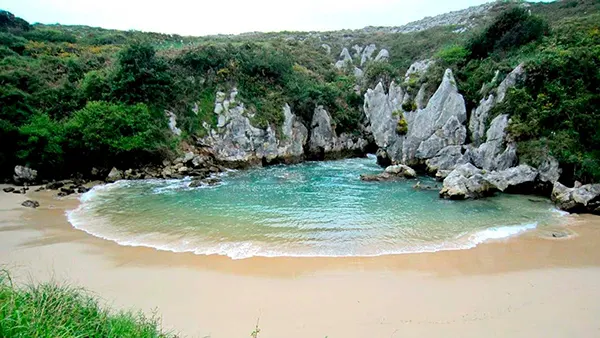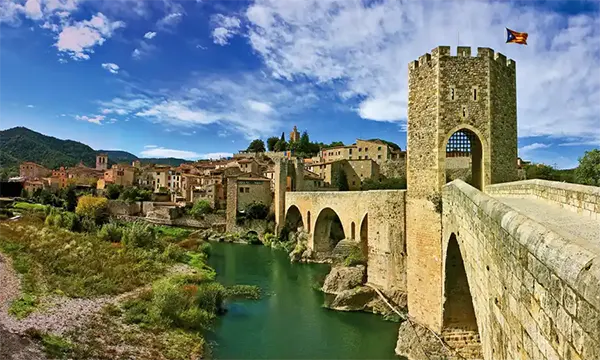Moorish Bridges of Spain: Medieval Engineering Marvels
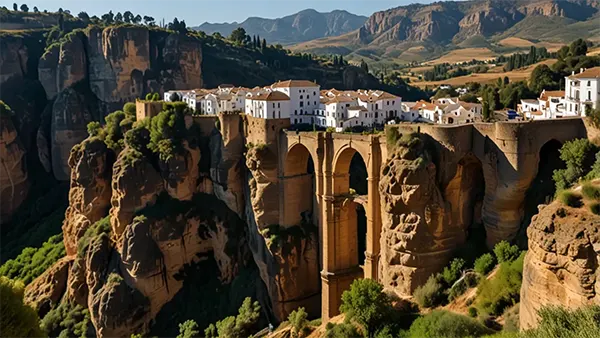
Spain’s architectural history is often celebrated through its cathedrals, castles and palaces, yet its medieval infrastructure remains a largely overlooked treasure. Among the most enduring examples of this legacy are the Moorish bridges, which blend Roman engineering with Islamic aesthetics. These bridges, dating back to the Al-Andalus period, continue to serve as both functional crossings and symbols of cultural fusion.
Alcántara Bridge in Extremadura: Monument of Power and Persistence
Located in the province of Cáceres, the Alcántara Bridge stands as one of the most impressive Roman-Moorish constructions in the Iberian Peninsula. Originally built by the Romans in 106 AD, it was later maintained and reconstructed by the Moors during their rule, preserving its structure through strategic interventions.
This bridge stretches over the Tagus River and extends nearly 200 metres, supported by six massive arches. Its central triumphal arch is a testament to both Roman symbolism and Moorish architectural respect for legacy. The blend of stone engineering and stylised inscriptions makes it a rare hybrid of two great civilisations.
Today, the Alcántara Bridge is not just a historical relic. It remains a functioning structure and a tourist destination, receiving thousands of visitors annually. Its enduring stability through centuries of war and weathering speaks to the technical sophistication of its creators and restorers.
Military and Strategic Importance
In medieval times, bridges were not merely for transportation—they were key military assets. Alcántara served as a control point for strategic movements across western Spain. During the Christian Reconquista, it was fiercely defended and occasionally damaged during sieges, only to be repaired again as its importance endured.
The Moors understood the significance of this site and fortified its access points with military posts. The surrounding terrain was used to control entry, making it an effective checkpoint for commerce and conflict alike. Its function as a tactical structure underscored its value beyond aesthetics.
By maintaining this Roman structure, the Moors not only conserved engineering genius but also integrated it into their logistical network, strengthening their hold on the region. This synthesis of utility and resilience explains its historical endurance and strategic relevance.
Puente Viejo in Córdoba: A Legacy of Cross-Cultural Construction
The Old Bridge of Córdoba, known locally as Puente Romano, is another remarkable structure shaped by both Roman and Moorish hands. While its foundations trace back to the 1st century BC, it was significantly reconstructed during the Islamic rule of the Caliphate of Córdoba in the 8th–10th centuries.
Spanning the Guadalquivir River, this bridge has sixteen arches and offers a direct path to the famed Mosque–Cathedral of Córdoba. It played a crucial role in the expansion of the city’s commercial and cultural influence during the golden age of Al-Andalus.
The Moorish interventions were not just technical repairs; they introduced design modifications that integrated Islamic calligraphy, ceramic tiles and unique lighting systems. These enhancements served both practical and symbolic purposes, turning the bridge into a cultural artery.
Urban Connectivity and Religious Symbolism
The Puente Viejo was more than a city crossing—it was a symbol of connection between the secular and the sacred. The bridge linked residential quarters to the Grand Mosque, facilitating daily commerce and spiritual pilgrimage.
Urban planners of the Caliphate saw the bridge as a vital urban component. Its pavements were widened, towers were added to secure entry points, and the structure was illuminated during festivals. The bridge thus played a role in city identity and ceremony.
Modern restorations have aimed to preserve these historical layers, revealing Islamic artistry alongside Roman foundations. For residents and historians alike, the bridge remains a physical representation of Córdoba’s diverse cultural roots.
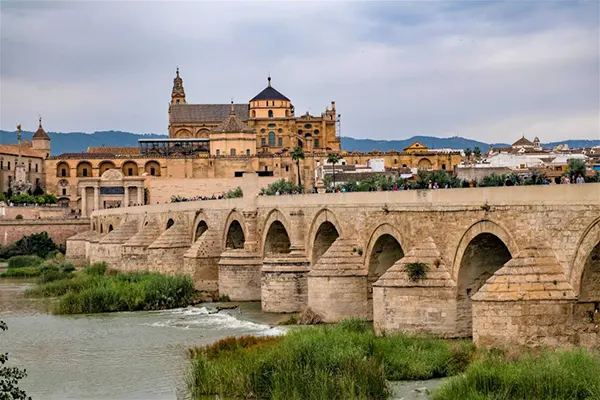
Puente Nuevo in Ronda: Engineering on the Edge
Perhaps the most dramatic of all Moorish-influenced bridges in Spain is the Puente Nuevo of Ronda. Although completed in the 18th century, its design owes much to earlier Islamic engineering methods developed in the region. Built to connect the old and new parts of the city across a 120-metre-deep gorge, it symbolises the culmination of Andalusian bridge construction.
While not a purely Moorish bridge, its construction was informed by techniques preserved from the Taifa period. Builders had to apply knowledge of soil composition, pressure distribution and water flow—principles inherited from both Islamic and Roman engineering schools.
The bridge’s grand arch and vertical drop have made it an iconic landmark of southern Spain. Its aesthetic and structural daring reflect a deep continuity with earlier periods of construction that prized both functionality and symbolism.
Architectural Symbol of Ronda’s Identity
The Puente Nuevo has become more than an infrastructure—it is Ronda’s visual signature. Its completion allowed for urban integration across the El Tajo gorge, reshaping the city’s growth pattern. From an urbanist’s perspective, it redefined the possibilities of mountainous construction.
Local records show that while early Islamic designs were limited to smaller spans, they introduced crucial knowledge about material usage, particularly the application of ashlar masonry and water drainage channels. These insights were reused and scaled during the construction of Puente Nuevo.
Even today, the bridge functions as a link between communities, a tourist attraction, and a reference point in architectural education. It bridges not only two parts of the city but centuries of engineering evolution.

